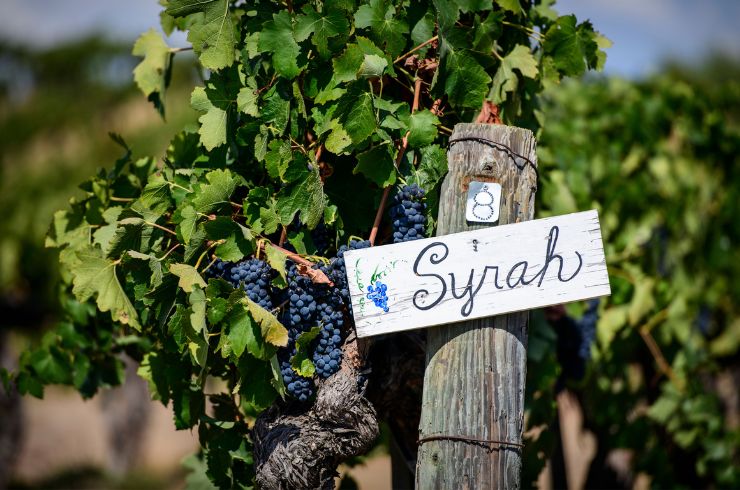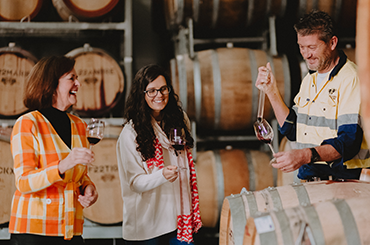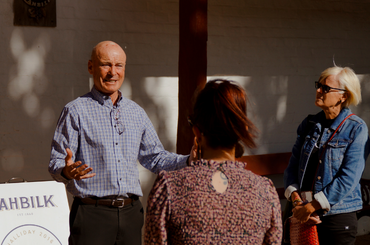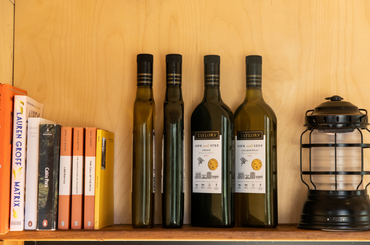There’s a new wine buzzword in town: regenerative viticulture.
It’s been called ‘unique’ and ‘superior’ to organic and biodynamic viticulture, with one practicing producer claiming that using it has led to the use of less “preservative” and additions in its winemaking.
First coined back in the 1980s, it’s only recently that regenerative viticulture has been promoted – some would say above its station – and become a darling in the fight against climate change. And, yes, the bigger climate change picture is part of its remit.
So, what is regenerative viticulture?
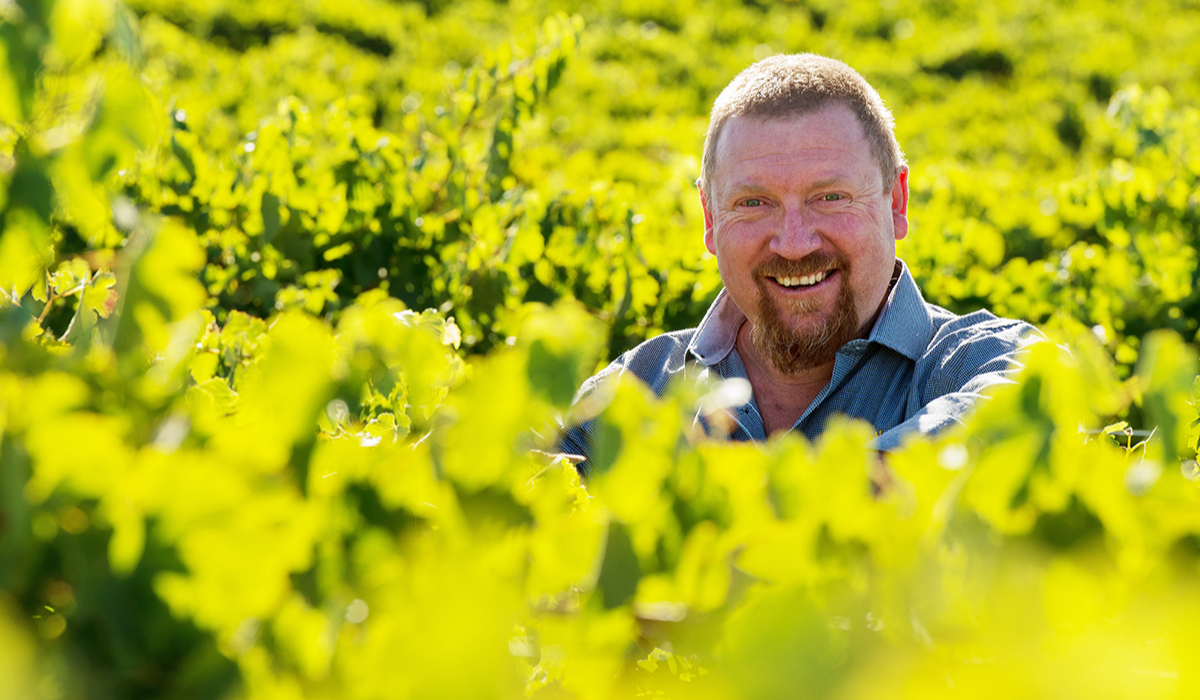
A key feature is the creation of insectariums in vineyards with native grasses and bushes which provide food and shelter for the good guys – beneficial predatory insects – who prey on the bad guys that feed on grapevines such as light brown apple moth and vine moth caterpillars. Also recommended is the use of ruminant animals, namely sheep, to eat grass (an alternative to the use of weedicides) and deposit fertiliser to the vines.
Not everyone is convinced by the philosophy behind regenerative viticulture, or its promotion by some as something superior to conventional, organic or biodynamic practices.
“Regenerative agriculture should be viewed as a tool kit rather than a prescriptive set of rules,” argues Dan, who has embraced many of its principles and says he has seen significant improvements in soil health, biodiversity and disease-resistant vines.
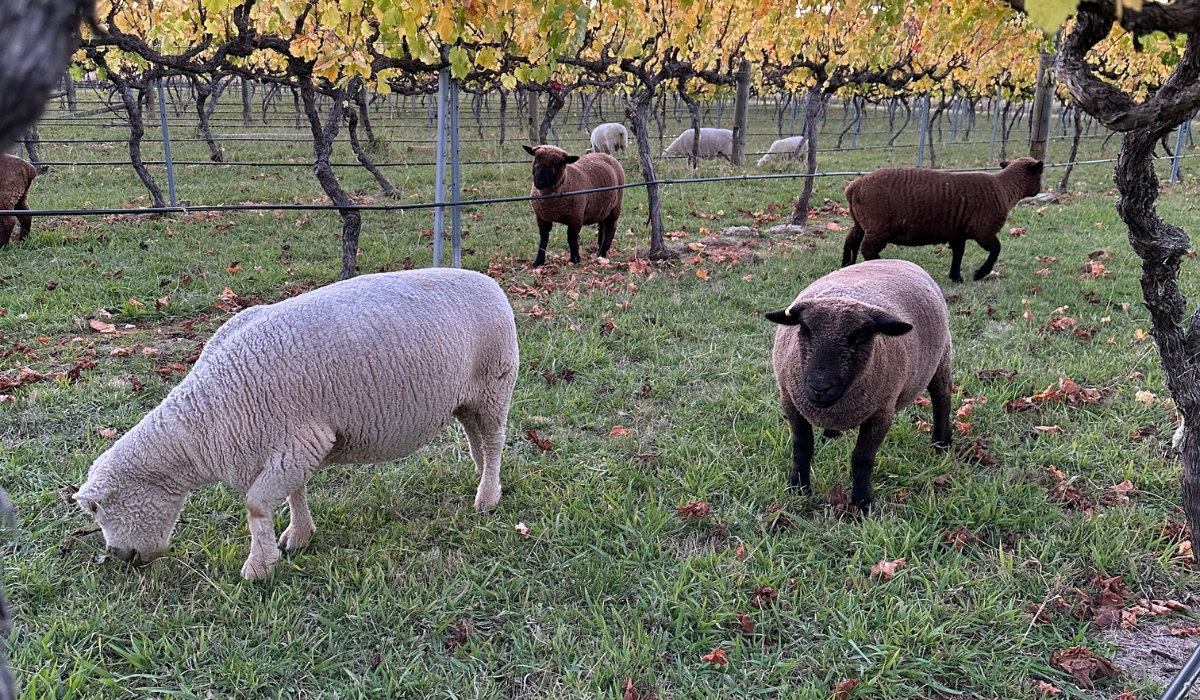
“They can create a perception that conventional or traditional methods are inherently bad or harmful,” she says. “This has not been my experience.”
Taltarni in the Pyrenees wine region was an early adopter of integrated pest management, creating its first insectarium in 2007. “I think we’re realists here where we try to do the right thing by reducing pesticide and chemicals through the use of the insectarium, and also improving biomass and soil quality,” says Robert Heywood, chief winemaker and chief operating officer. “We’re not saying we are the market leaders in this field, we are just trying to move away from the old way of thinking.”
In April, the Regenerative Viticulture Alliance (RVA) launched an international certification for users. It will be promoted globally with accreditation judged through a mobile app in which producers will be required to enter a detailed work plan and keep a field notebook monitoring the health of the soil and vines, biodiversity, carbon sequestration and water usage.
“We want to promote regenerative viticulture around the world since it aims to return life to the soils and fight against climate change,” noted Miguel Torres, RVA president.
This article is available to Halliday members only. To become a member, click here.
Latest Articles
-
News
The power of perspective: Ryan Ponsford's Entropy
2 Dec 2025 -
Events
Halliday Wine Academy: Wine Immersion Tours
30 Nov 2025 -
Travel
Scenic's Southern France and Bordeaux river cruises are tailor made for wine lovers
30 Nov 2025 -
News
What’s in a name? The etymological origins of popular grapes.
30 Nov 2025



